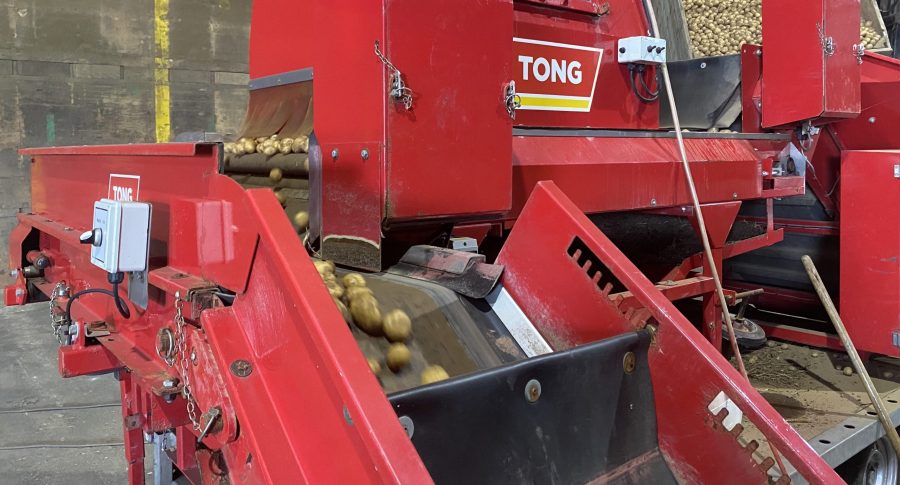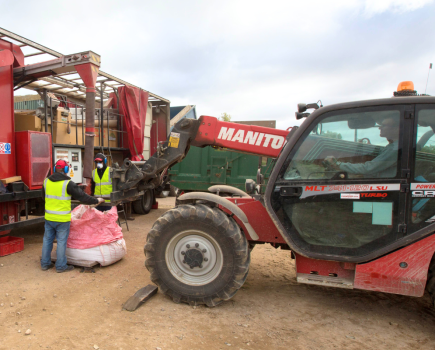With high disease risk and astronomical energy prices, seed potato growers should apply a fungicide to tubers now to avoid storing waste that will be thrown away next spring.
That’s the advice of independent potato consultant Paul Overton, who adds that tubers would likely spend extra time in store due to uncertainty surrounding next year’s cropping plans.
This will push growers to make last-minute decisions on seed and force a larger proportion of grading and delivery of domestic orders into March, rather than February. He says that this extra month’s storage will only increase the already high risk of tubers breaking down to disease following a harvest where conditions have been very conducive for pathogens like fusarium.
Disease threat
The fusarium species that infect tubers and cause dry rot are most prevalent when tuber damage at harvest is high, allowing the fungus to get under the skin and develop in store. Paul says that despite conditions starting to cool and rain arriving to wet soils, the disease risk of dry rot is still very present, along with pink rot (Phytophthora erythroseptica) and watery wound rot (Pythium spp). “Tuber temperatures are still 20°C, or higher in some areas, which makes crops incredibly difficult to manage.
“It will be a slow process getting wounds to heal and crops down to cold store holding temperatures. The relatively warm nights aren’t helping either,” he adds.
Strategy for high-risk
At today’s energy prices, this will also be a costly process, and likewise keeping crops in store until spring. Paul says a good strategy in a high-risk year like this is to apply a “base coat” of a fungicide tuber treatment like Gavel (imazalil) as soon as possible after harvest. He reckons that this will help protect open wounds and prevent disease ingress, leading to fewer losses at grading. “Storing tubers just to throw them out is very expensive – perhaps more than people realise – and the treatments will comfortably pay for themselves.
“Many varieties we grow are susceptible now and in very high-risk stocks, it might also be wise to consider mixing or sequencing Gavel with Storite Excel (thiabendazole) for additional protection.”
Risk assessments
Paul says that SAC Consulting and Certis Belchim’s Tubercare website provide some excellent reference material for carrying out storage disease risk assessments and how to apply storage fungicides effectively. “Good coverage through sound application is key – they are best applied using a hooded sprayer with twin rotating nozzle over a roller table,” he concludes.




